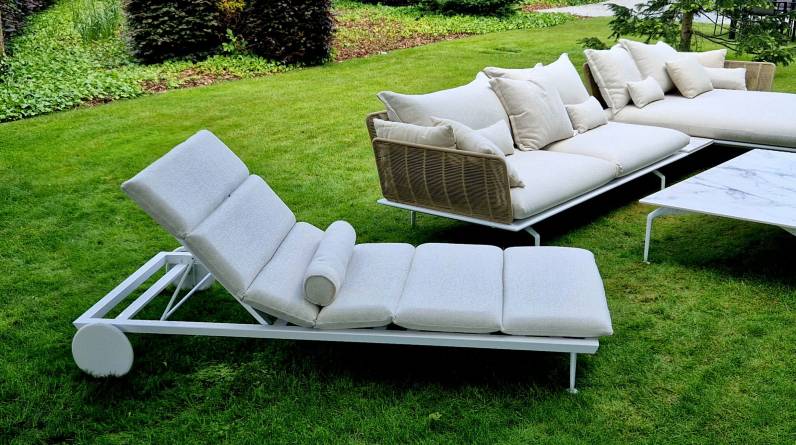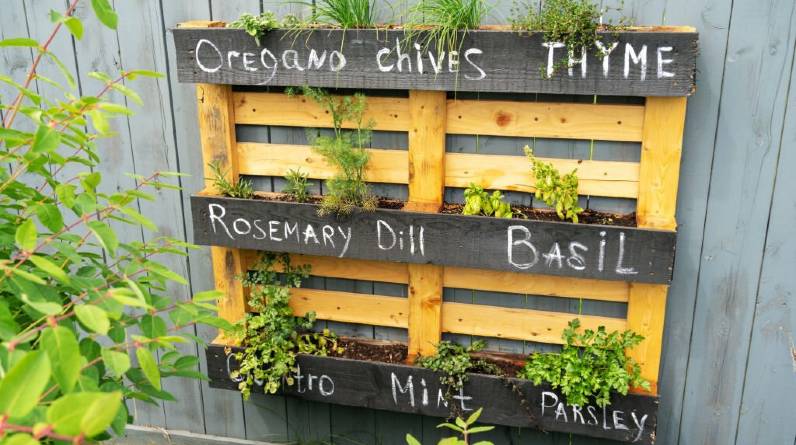
When you’re preparing for gardening, it’s important to remember that not all soils are made to be all-purpose. By knowing how to pick the right soil for what you’re growing, you can make your garden thrive like never before. There are many different soils out there, but there are eight that are particularly common for home gardeners (as well as companies that do a fair amount of gardening). To help educate you on the matter, here are eight common types of soil, and how to (correctly) use them:
1. Sand
Depending on the climate you’re in, sandy soil can be incredibly useful. Sandy soil is typically made of large particles of many different types of rocks – including quartz, silica, and other common rocks. The loose nature of this soil allows moisture to drain quickly and creates increased evaporation rates. Because of this, plants that need only minimal moisture – such as cacti and shrubs – benefit greatly from sandy soil. Gardening is also one of the best activities you can do to improve your heart health.
2. Mulch
Although mulch is not soil in and of itself, it can be added as a top layer to many types of soils to help drastically improve growing conditions. Mulch assists the surface soil in being porous, and allows water and air to reach the roots of the plants it’s assisting more effectively. Mulch is also crafted to naturally decompose over time, making it one of the more environmentally friendly soil boosters that are out there.
3. Topsoil
When you have soil that’s acting difficult in a garden, adding topsoil can be a great solution. This commercially produced material can supplement or replace the soil in difficult gardens in a mind-blowing fashion. However, you must balance out topsoil and normal soil properly or it can lead to potential water absorption barriers that can cause issues. When used correctly, however, topsoil can elevate your garden in a revolutionary fashion. Topsoil delivery is also a common business, so finding a quality source for all your topsoil needs is highly recommended.
4. Chalk
Also known as calcareous soil, chalk is typically found over limestone beds, where chalk deposits are located deeper underground. Chalk is one of the stickiest soils, especially when it becomes wet, and is known for being frustrating to work with in many cases. It’s also infamous for drying out quickly during the summer season. When used correctly, however, it can be perfect for growing lilies, lilacs, and other flowering shrubs. That being said, be sure to avoid any richly colored flowers, such as rhododendrons, which require a more acidic environment to thrive properly.
5. Compost
Compost is typically used as an add-on that can improve any type of soil. Since compost is made up of such a wide variety of materials, and is using recycled organic materials, it helps add tons of nutrients to any garden space. Areas with poor drainage will benefit from compost especially, as it will help add nutrients, and help to maintain moisture for the plants it’s feeding at the same time.
6. Clay
When it comes to natural soil particles, clay is one of the smallest. Because clay is so dense, it can easily retain large amounts of water and nutrients, but this comes with the drawback of the clay blocking out the air in some cases. Richly colored flowers and other high-moisture plants are best served by clay, but the soil also takes a lot of maintenance to get it working right.
7. Loam
Many people consider loam the best hands-down soil for home gardening (on a larger scale). Practically any plant can be grown in loam, which makes it a safe bet for gardeners who do not want to deal with a large variety of soils. Beginner gardeners also appreciate loam for this reason. For those who garden during different seasons, you’ll be happy to hear that loam can be used year-round as well.
8. Gravel
Gravel is made up of small, pea-sized stones. For certain gardens, it can be useful to add a small layer of gravel on top. Although it does not add nutrients to the gardening equation, it helps control moisture levels and impedes evaporation. Due to this, particularly dry, hotter climates will often use gravel to help keep moisture packed into their gardening spaces.
Get Your Soil Fix Today
Now that you understand what types of soil are out there, you can find the perfect choice for your personal or professional gardening needs. Topsoil can be especially useful in making your garden grow stronger than ever before, so consider how it can revolutionize your gardening efforts today.






